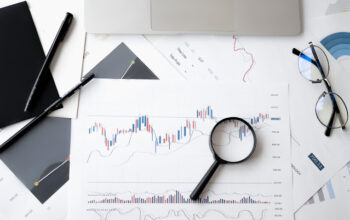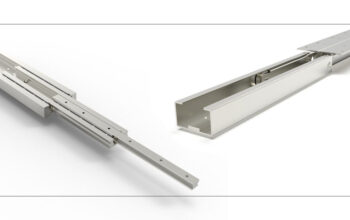Commodities trading feels like a farmer’s market meets Wall Street, except that instead of buying shares of dot-com companies, you are actually trading real goods, such as oil, coffee, or gold-actual things that power economies. It is quite intimidating to anyone who is new, but with the right dosage of knowledge and a pinch of boldness, commodities trading can bring in excitement combined with reward.
Commodities fall into one of two broad categories: hard commodities, which include metals and energy resources, and soft commodities, which include agricultural products. These goods do not behave like stocks or bonds because their prices would depend on events such as global markets, patterns of weather, and shifts in the supply and demand. A drought in Brazil might send prices of coffee through the roof, but peace talks might calm down oil prices. This unpredictability is what represents risk and opportunity.
So, who is really in the game? Apart from professional traders and gigantic companies, now individual investors are moving into the world of commodities trading. Many look for diversification because commodities tend to be “non-correlated” with stocks and bonds; meaning they don’t always move in the same direction. For instance, as the stocks go down, oil or gold may remain steady. So, it becomes a hedge.
Take the case of oil, for example: one of the most widely traded commodities. Its price affects everything from the cost of transportation to your monthly heating bill, all the way down to food prices. Many traders trade “futures” contracts that lock in a price for now on a future date, which enables them to bet on future movements without actually needing any barrels in hand. That characteristic keeps commodities trading accessible and scalable for big players and everyday investors alike.
But don’t think this is a sure thing and that trading commodities is a guarantee to win. Prices could fly high in one day and plummet the next for many different reasons. Often for reasons that nobody expected. Just a political turn of events, dramatic changes in weather, or unexpected economic reports could turn prices upside down. For a newbie, a very important rule is to risk only what you can afford to lose. Since commodities trading tends to be volatile, caution and a plan must take precedence.
One of the best things about commodities trading is that it somehow connects you to the world. For instance, coffee traders are not merely looking at price charts; they’re tracking news on Brazilian harvests, rainfall levels, and even global labor strikes. It’s a piece of real-life supply chains, not just numbers. If there’s a poor coffee harvest, you might end up paying more for your morning latte down the line. Because it has a grounded, global aspect to it, commodities trading is an attractive investment different from merely investing in companies or funds far removed from the day-to-day.
Commodities such as oil, gold, or silver would be better when just starting out, owing to the information that is readily available about them. These commodities typically tend to have a relatively high level of liquidity because of the ease of buying and selling. For example, experienced traders might opt for less crowded areas, such as cocoa, soybeans, or cattle.
Ultimately, commodities trading is a happy marriage between skill and strategy. You are part of a system that ties you to global economies, supply chains, and even changes in the climate. The financial adventure demands something more than just being smart; it requires vision of the world and enough guts to ride through market highs and lows.




